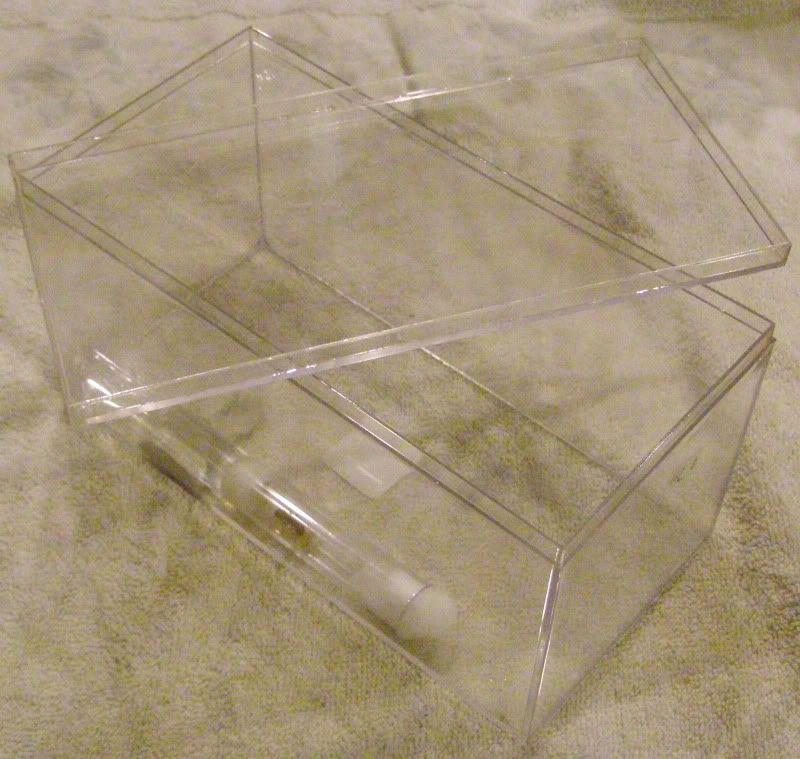
So here they are. The start of what I hope will be two good colonies of orange carpenter ants. Out in the wild they normally nest in sandy areas around near trees. The nest itself is usually tangled in the roots of the tree. One or more entrances can be found off to the side of the tree itself, usually under something. No mound to really speak of.

My luck with Camponotus isn't that good. In general the saying when you think they're doing good is "give them another week." And sure enough they colonies of Camponotus pennsylvanicus I've kept do find ways to completely fail after the first workers are born. It's the most common Camponotus species obtained for the eastern US. C. chromiodes is probably a close second followed by a dozen others. And that's what makes this so important. Camponotus castaneus is not often caught, at least not in any significant numbers. The fact that I found two queens, and got both to start successful is amazing.
In past years when I caught 6 queens or so they would all die well before the first workers were born. I learned the hard way that Camponotus were sensitive to rubber and plastic fumes that came off the test tube caps I used to use. They would slowly suffocate and die, even if they were only exposed to them for an hour.

Over the years I've been trying to perfect methods of getting colonies to be more successful. Once the first workers are born (and occasionally just before) it's important that the queen be fed. A foraging area is needed. The test tube setup for each queen gets their own model display case. A clump of modeling clay is used to hold the tube in place. The test tube is then opened and workers are free to leave... at least that's how it's supposed to happen.
In my experience I've found the first workers to a lot of ants simply hang around the eggs and cower under the queen. As I grew tired of ant colonies failing I've concluded that disturbing the colony is absolutely necessary at this point. Take a pointed stick if you have to and put a drop of sugar water right up to the queen's face if you have to. Lightly blowing in the setup can also help but try not to spook them to much. The last thing you want is for them abandoning their tube. I'll post back more with their progress, if any.